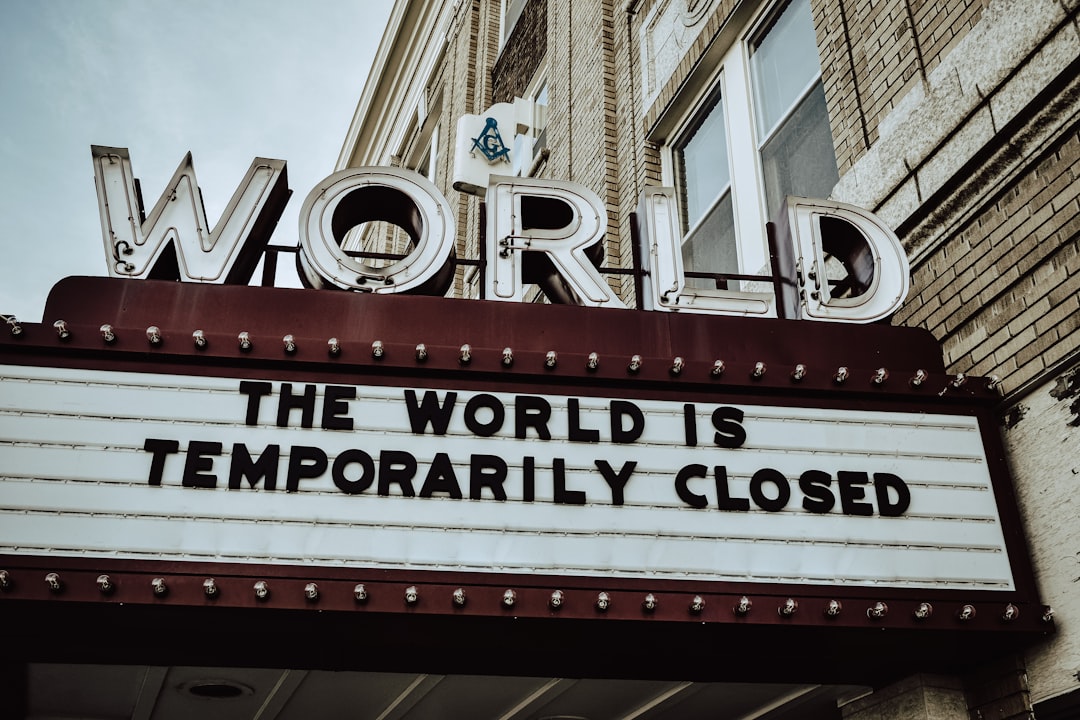What is it about?
The Consumer Electronics Association estimates that the initial compliance requirements for the European Union’s Restriction of Hazardous Substances (RoHS) directive, which restricts the use of only six substances, cost the global electronics industry $32 billion. We examine when opportunities exist for competitors to work together to adopt a replacement for a substance of concern (e.g., BPA in water bottles).
Featured Image
Why is it important?
When competitors do not collaborate, market leaders can use the presence of a substance of concern to capture more demand and charge higher prices for products containing a replacement substance. Consequently, we find that it is often market laggards that have the most incentive to collaborate. While collaboration reduces consumers' exposure to a substance of concern, it can actually hurt consumer surplus when the replacement substance is very costly.
Read the Original
This page is a summary of: Collaborate or Compete: Examining Manufacturers' Replacement Strategies for a Substance of Concern, Production and Operations Management, May 2017, Wiley,
DOI: 10.1111/poms.12710.
You can read the full text:
Contributors
The following have contributed to this page










